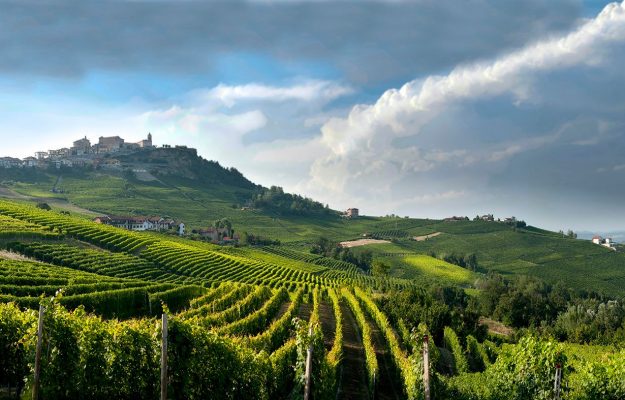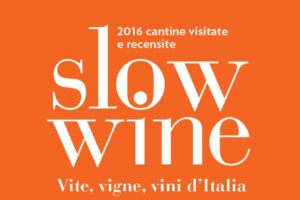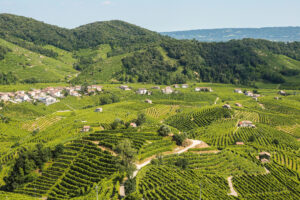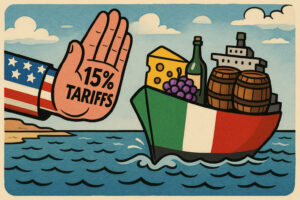“Industrial districts” are a winning model because of short supply chains, collaboration, economies of scale, shared medium and long-term visions, network and supply chain contracts — also for wine, agriculture and food. The Intesa San Paolo “Annual Report on the Economy and Finance of Industrial Districts 2021” reconfirms the situation. Generally speaking, in 2021 Italian districts registered +25.2% rebound in turnover compared to 2020, and + 4.3% compared to 2019, while exports reached the record figure of 133 billion euros. The districts were competitive also in the first quarter of 2022, registering + 19.3% in exports compared to 2021, and + 16% compared to 2019. And, the food and beverage districts were well above the average, marking +15.4% growth compared to 2021, and + 26.4% compared to 2019. The absolutely top districts in terms of growth performance, profitability and capitalization were agricultural machinery in Padua and Vicenza, motorhomes in Val d’Elsa, and agricultural machinery in Reggio Emilia and Modena. However, the wine & food districts that performed the best ever (and are at number 5 on the National level), were the Wines of Langhe, Roero and Monferrato that continue to be, with their Barolo, Barbaresco, Barbera and more, one of Italian wine’s driving forces.
Further, according to the Intesa San Paolo report, the food district of Parma, one of centers of the Emilian “food valley”, Sardinian dairy products, the district of meats and cured meats in Cremona and Mantua, the cured meats of Parma and the meat of Verona, together with the hazelnut and Piedmont fruit districts, and buffalo mozzarella from Campania are all among the top.
The Report revealed and confirm that the key role of production chains will be an aspect of competitiveness in the next few years. The average supply distance in the districts is very limited, although it has increased during the Pandemic. It was equal to 116 kilometers in 2021; i.e., 24 kilometers less than in non-district areas. The average number of suppliers per company is also higher (29 versus 25). The ability to oversee foreign markets is another strong point in the districts that historically have greater Internationalization, measured by the number of foreign subsidiaries (29 per 100 companies versus 19 in non-district areas), and also by the share of companies that export (62.1% versus 52.2%). The districts are also positioned very well in terms of patent capacity - 70.7 patents per 100 companies, while non-district areas stop at 51.5.
Copyright © 2000/2025
Contatti: info@winenews.it
Seguici anche su Twitter: @WineNewsIt
Seguici anche su Facebook: @winenewsit
Questo articolo è tratto dall'archivio di WineNews - Tutti i diritti riservati - Copyright © 2000/2025










































































































































































































